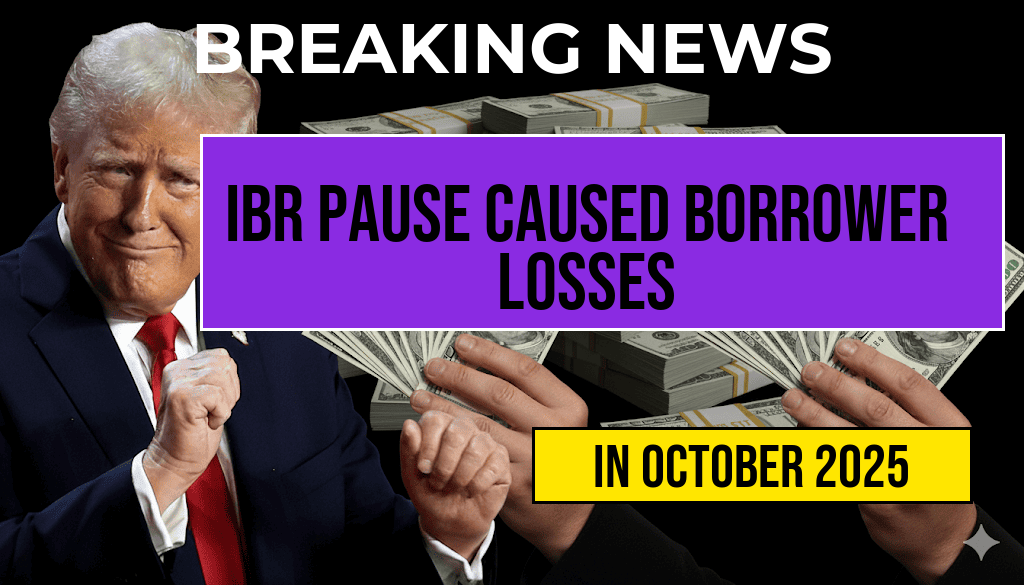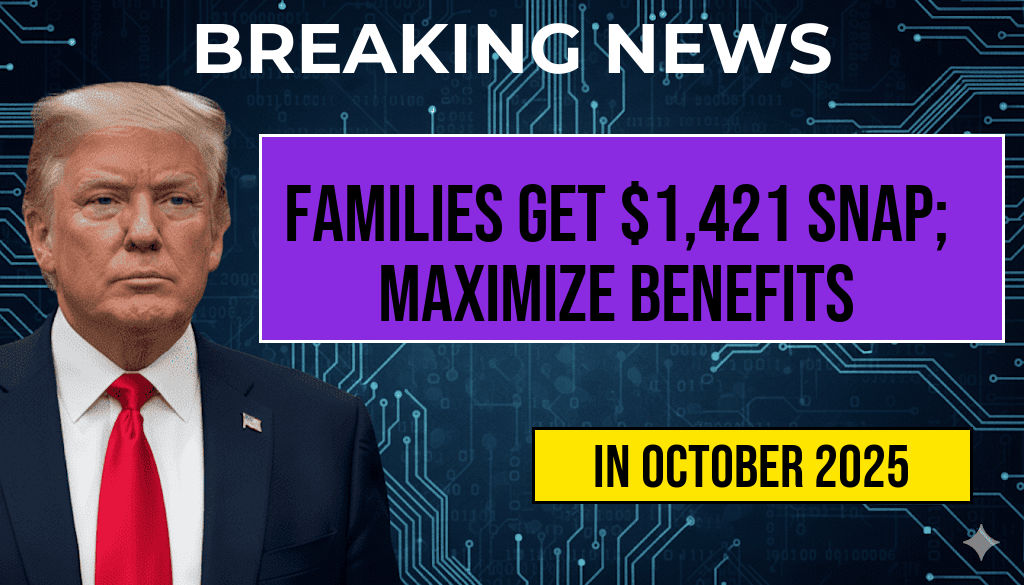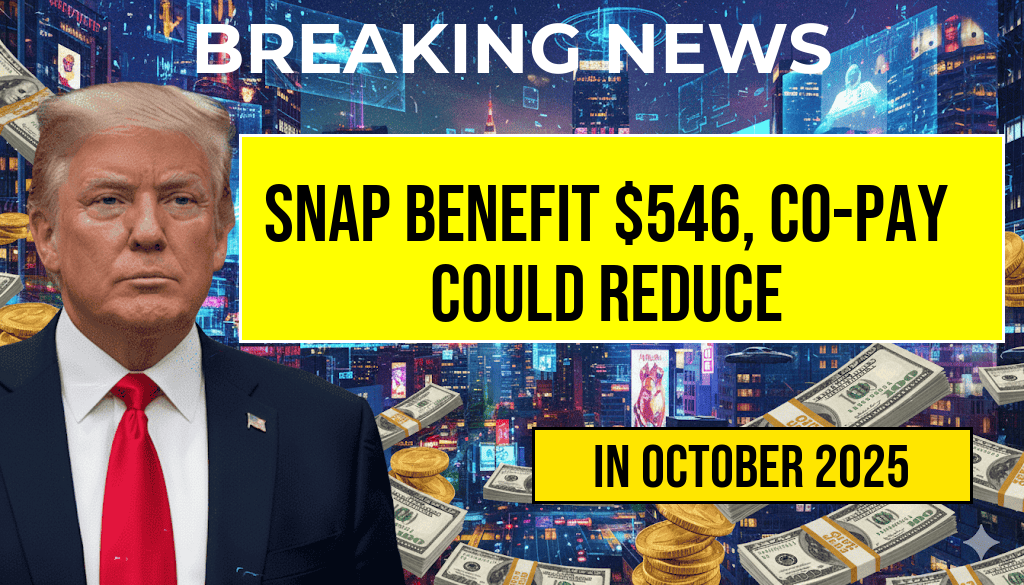IBR Pause Causes Significant Financial Disruption for Borrowers, Refunds Promised Amid Uncertain Timeline
Hundreds of borrowers who relied on the Income-Based Repayment (IBR) plan for managing student loan debt faced unexpected financial setbacks after a temporary pause in IBR processing led to delayed payments and, in some cases, substantial monetary losses. The disruption, which stemmed from recent administrative adjustments within the Department of Education’s loan servicing system, left many borrowers scrambling to cover missed payments or facing penalties. While officials have assured affected individuals that refunds are forthcoming, the exact timeline remains unclear, fueling frustration among those impacted. As policymakers and consumer advocates scrutinize the situation, the episode underscores ongoing challenges in the administration of federal student aid programs and the importance of transparent communication during administrative transitions.
What Triggered the IBR Pause?
The pause originated from a system upgrade designed to streamline the processing of income-driven repayment plans. However, during the rollout, technical glitches resulted in the suspension of IBR account updates and payment processing. According to Department of Education officials, the adjustment was intended to improve efficiency but inadvertently caused a backlog of accounts, affecting thousands of borrowers nationwide.
“Our goal was to enhance the system, but unforeseen issues emerged, impacting borrowers who depend on accurate and timely service,” stated a department spokesperson. “We are actively working to resolve these technical problems and are committed to issuing refunds to those affected.”
Impact on Borrowers and Financial Consequences
Many borrowers experienced disruptions beginning in early October, with some noticing overdue notices and late fees. For individuals enrolled in IBR, which adjusts monthly payments based on income, delays in processing could result in underpayments or overpayments, complicating debt management and potentially leading to credit score impacts.
Case Studies of Financial Loss
| Borrower | Loan Type | Losses Incurred | Notes |
|---|---|---|---|
| Jane D. | Federal Direct Loan | $350 in late fees | Missed payment due to system delay |
| Michael S. | FFEL Program Loan | $620 in overpayment | Incorrect account update led to excess payments |
| Lisa R. | Federal Perkins Loan | $150 in late charges | Delayed processing caused default notice |
Refunds and Resolution Timeline
While the Department of Education has promised refunds to those who suffered financial harm, officials have refrained from providing a specific date for when affected borrowers can expect their reimbursements. The department’s website indicates that they are prioritizing account reviews and processing corrections, but staffing constraints and ongoing technical fixes have delayed the resolution process.
“We understand the frustration this has caused and are committed to rectifying the situation as swiftly as possible,” the spokesperson added. “Refunds will be issued once accounts are reviewed and errors corrected, but an exact timeline cannot be confirmed at this moment.”
What Borrowers Should Do
- Monitor account statements: Borrowers are advised to regularly check their loan servicers’ portals for updates and any notices regarding refunds or account corrections.
- Document discrepancies: Keeping records of missed payments, late fees, or overpayments can expedite the refund process and clarify the scope of financial losses.
- Contact loan servicers: Individuals experiencing ongoing issues should reach out directly to their loan servicers for personalized assistance and to ensure their concerns are documented.
- Stay informed: Updates will likely be posted on the Department of Education’s official website and through official communication channels. Borrowers can also consult resources like the [Federal Student Aid](https://studentaid.gov/) portal for guidance.
Broader Context and Future Implications
The IBR pause highlights the vulnerabilities in the federal student loan management system, especially during transitions to new technology platforms. Critics argue that insufficient testing and communication can lead to widespread borrower hardship, emphasizing the need for more resilient administrative processes.
Consumer advocates urge policymakers to implement stronger safeguards to prevent similar disruptions in the future and to establish clear protocols for rapid response when technical issues occur. Additionally, there is ongoing debate about expanding income-driven repayment options and improving transparency around their administration.
As the Department of Education works through the backlog, affected borrowers and industry observers watch closely, seeking assurance that systematic failures will be addressed and that financial remedies will be delivered equitably and promptly.
For more background on income-driven repayment plans and federal student loan policies, visit Wikipedia’s overview of income-driven repayment plans.
Frequently Asked Questions
Question
What caused the IBR pause and how did it affect borrowers financially?
Question
How many borrowers experienced losses due to the IBR pause, and what was the typical amount lost?
Question
What steps are being taken to provide refunds to affected borrowers?
Question
Is there a scheduled date for the refunds to be processed or available to borrowers?
Question
How can borrowers stay informed about updates regarding the IBR pause and related refunds?










